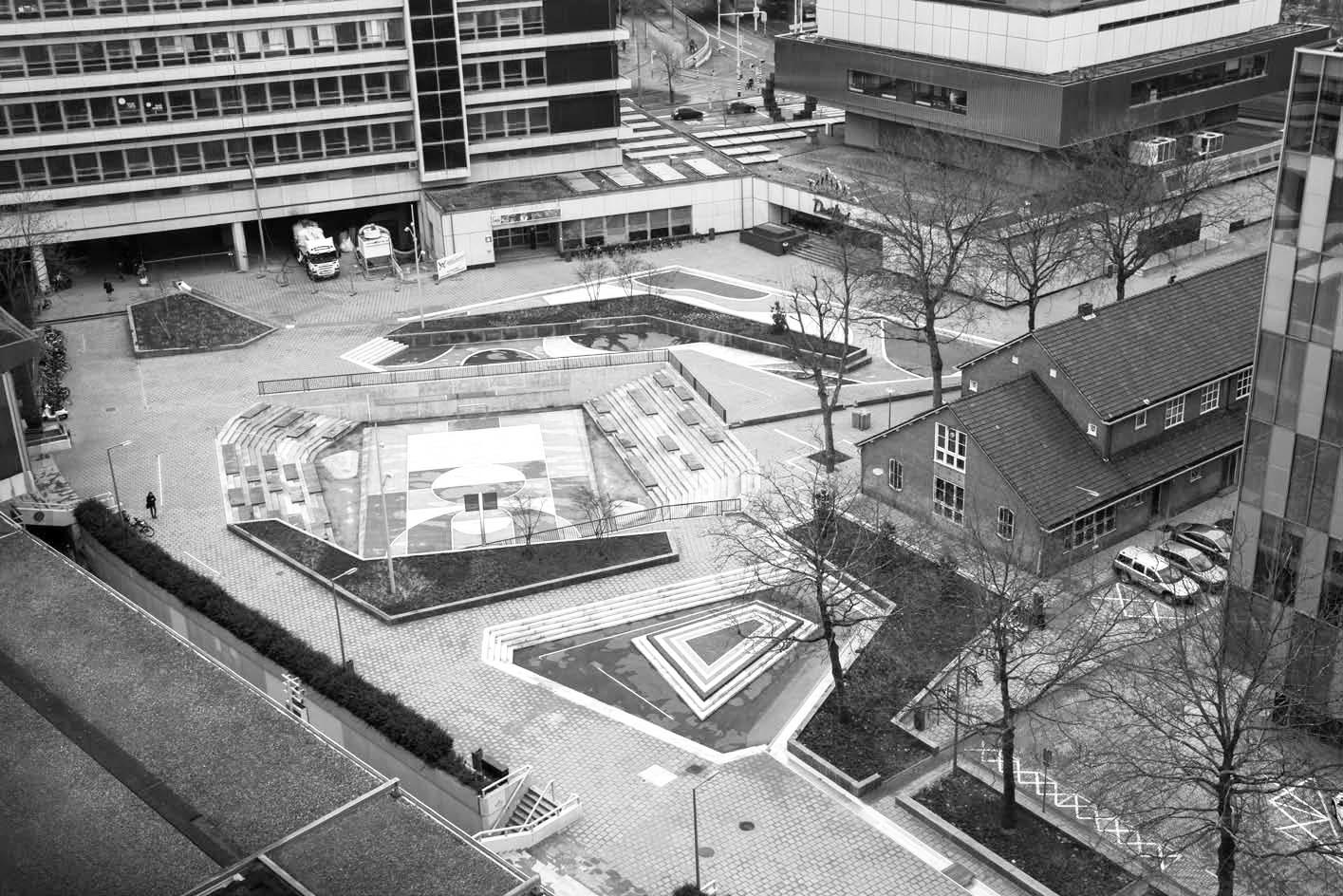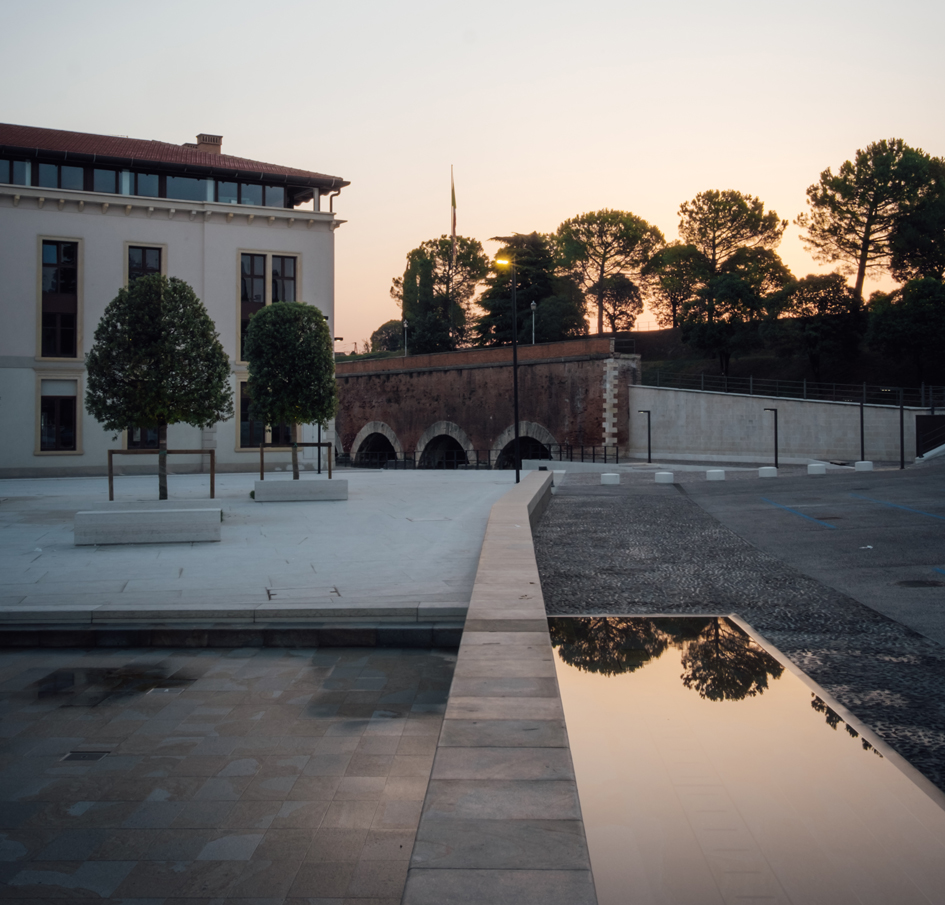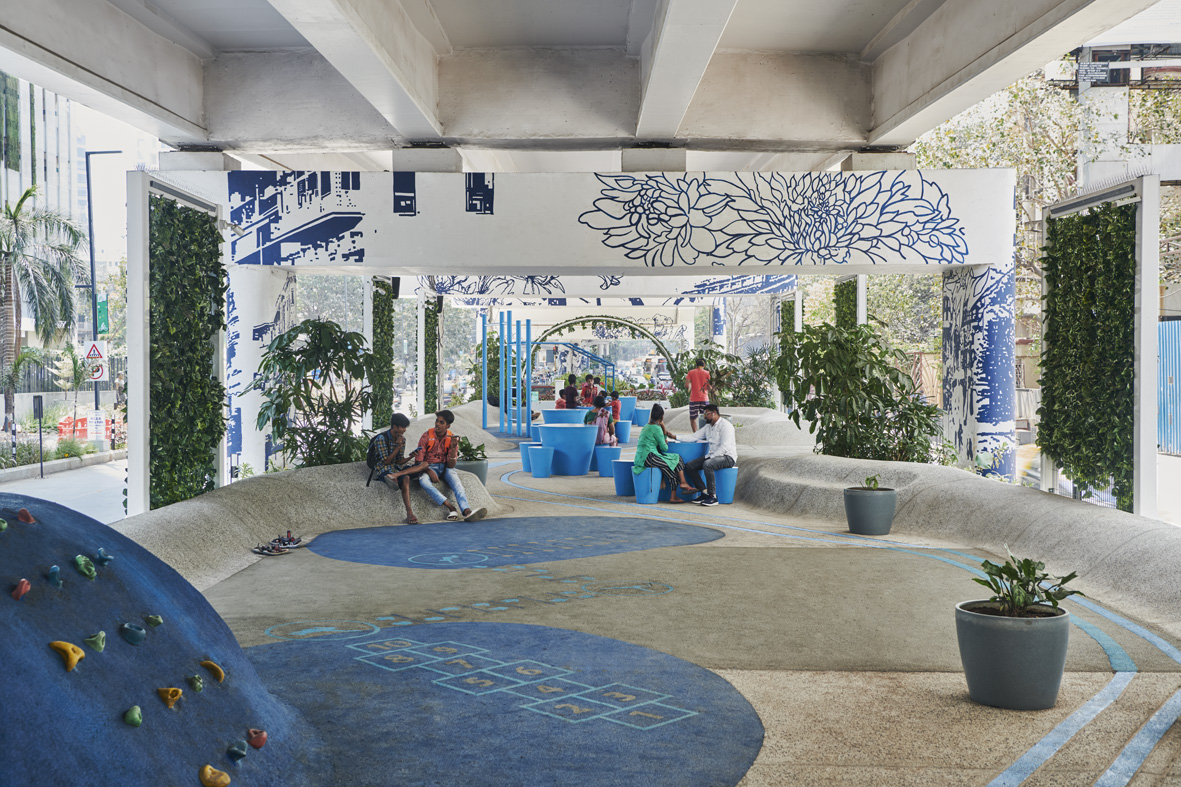PUBLIC SPACES FOR A NEW URBAN QUALITY
introduction
Carlo Berizzi
In architecture, public space represents the set of places characterized by collective use, comprising squares, streets, parks and gardens. Its constitutive void separates buildings, interrelating them. This dichotomy is the base for the city concept, where buildings represent the “res economica”, private property. In contrast, the void everyone uses represents the “res publica” and is the primary common good of citizenship.
Over time, urban scenery and land have defined each city’s specific and distinguished character, resulting from the historical consolidation of their inhabitants’ culture, tradition and spirit. Within this historical transformation process of the open space, passing down historical values and including contemporary ones through continuous overwriting and renovating the meaning of places is possible. Indeed, the 20th century has sacrificed public space on the altar of modernity, allowing cities to expand and renovate, also thanks to transforming the system of voids into a capillary infrastructure for vehicular mobility. Unfortunately, this attitude has traumatically interrupted that slow consolidation process of urban transformation and open space definition, marking Western civilization’s history. To understand the current condition of open space in our cities, we must go back to the last two decades of the past century, which saw the beginning of the land reclamation process, closing historical centers to traffic.















